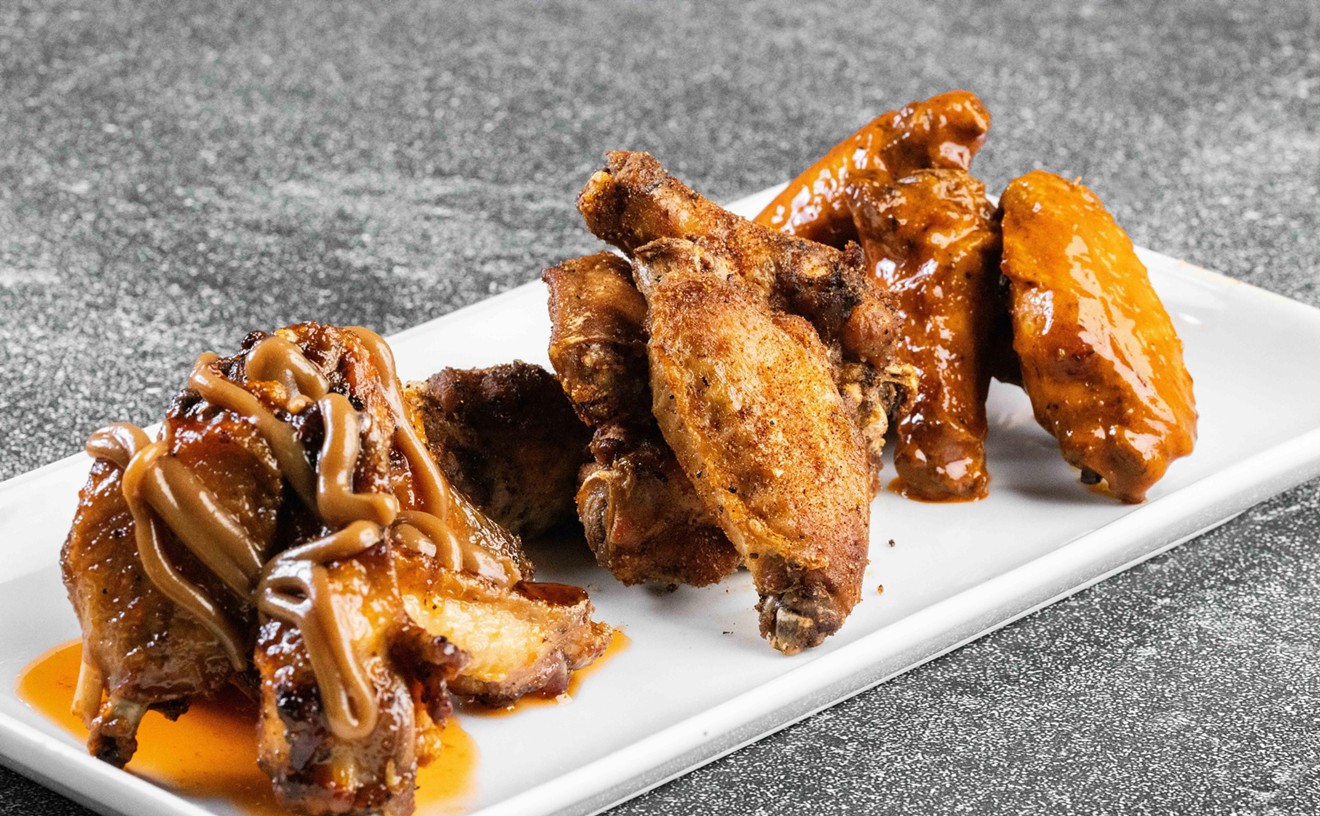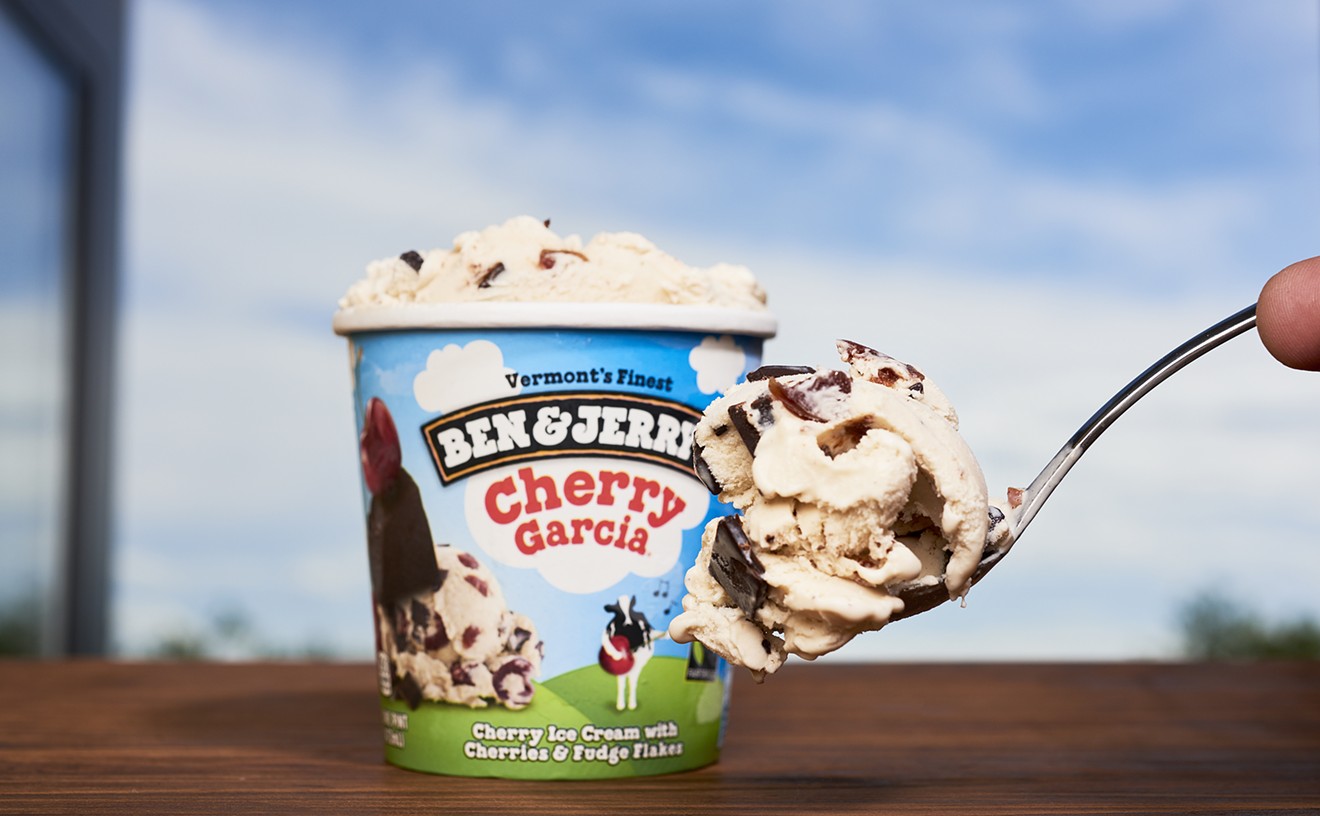On The Range is a weekly exploration of the history and lore of Texas menu items.
Sometime toward 3 a.m., when the drinking is (usually) winding down and serious munchies coming on, almost anything will make for a snack, providing it releases the right amount of filler and fat into your system.
If you're in San Diego there are plenty of options. According to David Moye, in his article, "Roll Another Number for the Road," published in San Diego's Citybeat magazine, you simply head out to one of "those ubiquitous taco shops like Roberto's, Alberto's, Gilberto's, etc., (which) are practically the only restaurants running (during those hours) with full steam and grease."
Here in Dallas, you might possibly locate a manned pushcart in Oak Cliff or Webb Chapel during those hours. You may have staked out a permanent stand, as well--one drawing a steady stream of multilingual traffic. Or if you're like some of us, you head straight for Whataburger and chow down on one of their taquitos, which are really soft tacos in disguise.
So the tightly rolled snacks are familiar to many people. But what's the difference between a taquito and a flauta?
Both are lightly filled, tightly rolled tortillas, usually fried and almost always served (in their restaurant incarnation) with guacamole, queso, sour cream, and rice. Some authorities suggest that taquitos are made from corn tortillas and flautas from flour, but this isn't always the case. What everyone, including Moye, seems to agree is that flautas ("flutes" in Spanish, so named for their shape) were part of traditional Mexican cuisine, while taquitos were invented by Ralph Pesqueria, Sr in 1940 at his family's El Indio Restaurant in San Diego.
Or so the story goes.
You see, Pesqueria wanted to make extra money for his fledgling enterprise, so he took his Mom's flauta recipe, introduced his own modifications, and was soon selling the ready-to-eat taquitos to hungry workers at nearby factories.
So that's it. A Tex-Mex favorite borrowed from a real Mexican dish through the machinations of a restaurateur in California.
Guy Fieri, Food Network host of the popular show "Diners, Drive-Ins,
and Dives" featured El Indio and their legendary taquitos in one of the
episodes. Their recipe calls for corn tortillas filled with a mixture
of shredded roast beef, beef broth, spices, and salsa for flavor and
extra moisture. The little rolled goodies are then deep-fried at 350
degrees until they are at once crispy and tender.
Closer to home, Matt Martinez's recipe also uses corn tortillas, but he preferred chicken or shredded pork for his flautas, suggesting that you roll them with a mixture including shredded American or Monterey Jack cheese. Otherwise, the two recipes are remarkably similar in many ways.
El Norte Grill's "Sunset" chicken flautas at their
converted-Taco-Bueno eatery deep in the wilds of North Central Plano is
a good place to start 'which is which' research. Billed as "the
unchained Tex-Mex alternative," El Norte serves a rather traditional
version, employing superthin white corn tortillas, stuffed with pollo,
rolled, and lightly fried. The smallish flautas are delightfully crispy
and chewy and served with guacamole, sour cream, chili con queso, and
ancho chili sauce.










